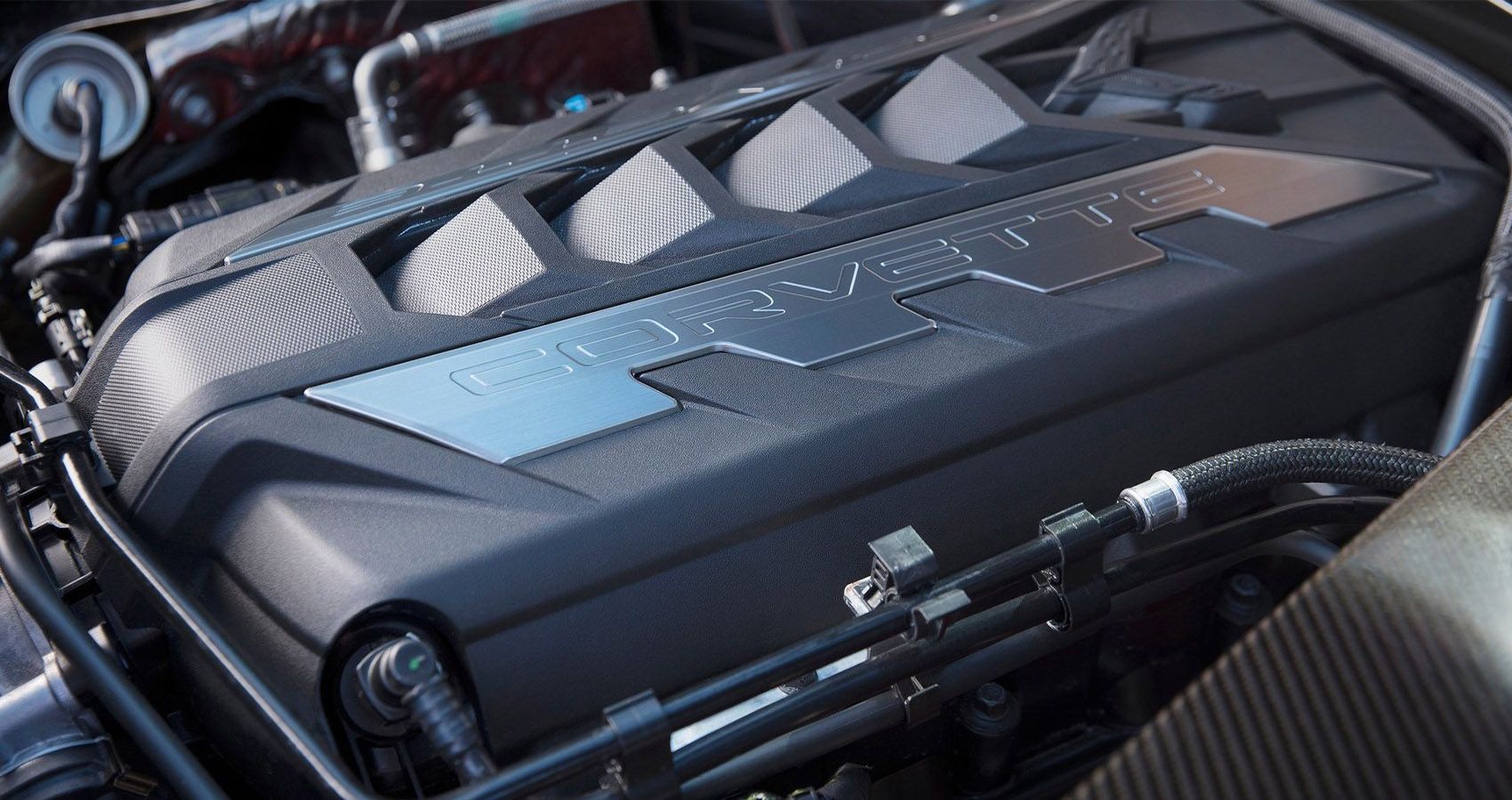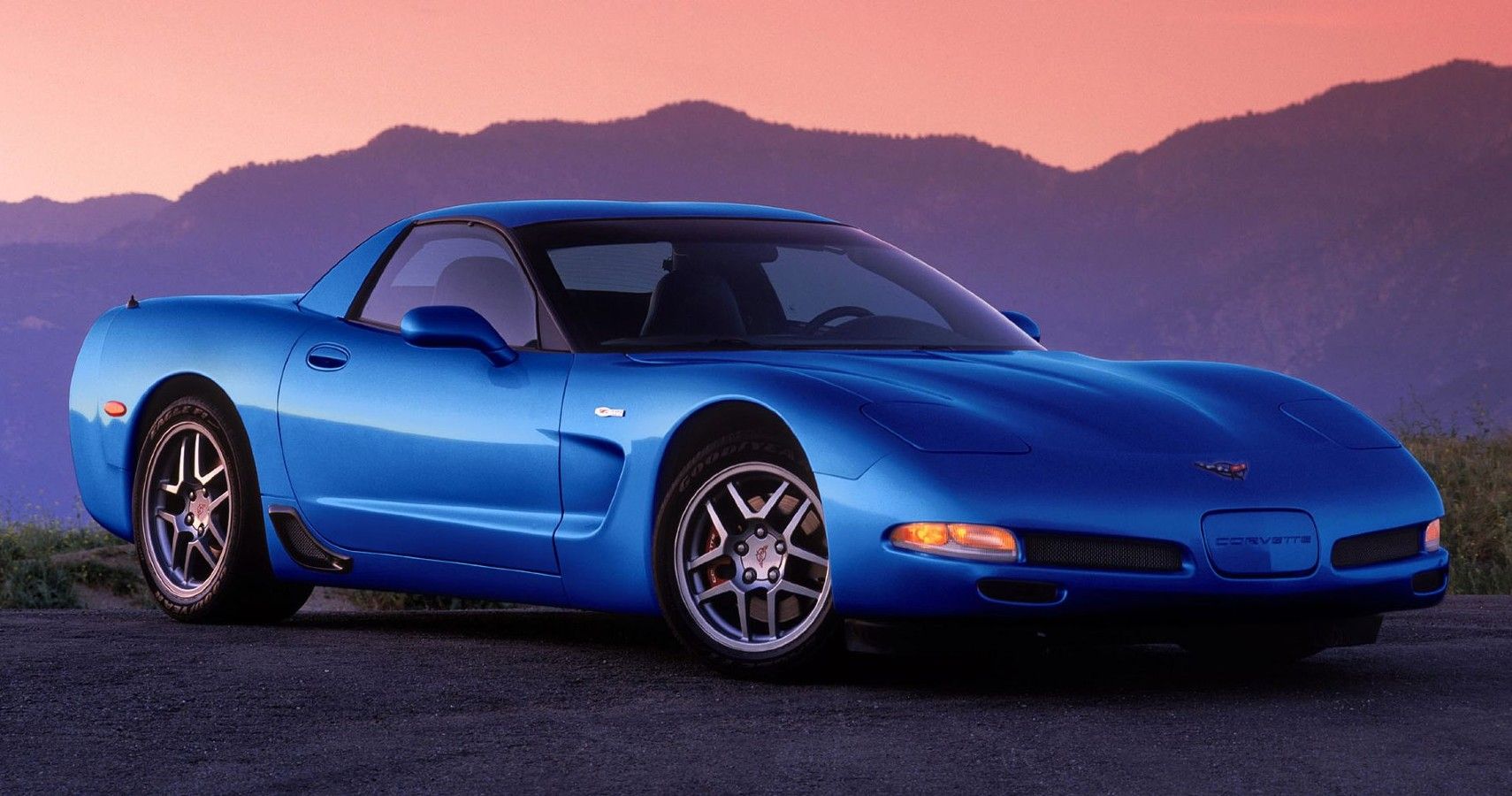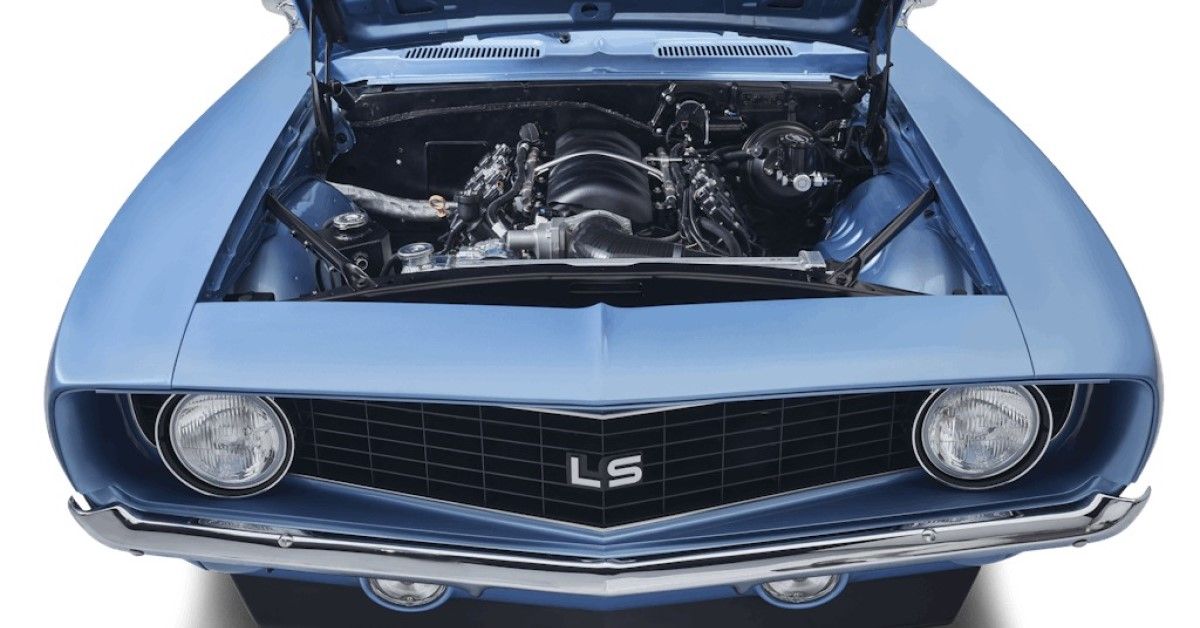General Motors slides its LS engine at the heart of the Chevrolet brand. The flagship engine in their flagship car, the Chevrolet Corvette, this engine represents the bowtie brand's engineering capabilities. Found in everything from GMC trucks to iconic muscle cars, over the past 2 decades, the LS has taken its place as an icon.
Be that in the JDM scene, drag strip, or out on the track. Easy to install but with some modern refinements like aluminum parts, the LS offers a lot for the money. But with a large displacement, a traditional 2 valve per cylinder design, the LS still has an old-school muscle car character. Just like the Hemi engines that come from Dodge.
The LS V8s Started A New Adaptive Era For Chevrolet
The name LS seems tied to all of Chevrolet's modern performance models, but this wasn't always the case. Those two little letters seem so common with Chevrolet that, at times, they lose a lot of their meaning. The LS engine succeeded from the rather confusing Chevrolet small block engines. Outdated and with their roots in the 1950s with the turn of the new millennium on the horizon, Chevrolet introduced the LS in 1997. The rest, as they say, is history.
The first generation of LS motors took the name LS1 and found its way under the hood of 1997's Corvette C5. A Corvette for the 21st century with a motor to match. Although still somewhat old school with a 5.7-liter displacement. However, this new generation of motors marked a serious move forward in design. With the adoption of aluminum and silicone in some places. Primarily including an aluminum engine block, which meant vast weight savings.
Previously Chevrolet engines broke their small blocks up into numerous different cubic inch measurements. Numbering well over 10 over the years causing great confusion in the lineup.
True to General Motors' form, the LS1 saw various iterations. Most significantly, the LS6, the motor that found its way into the Z06. To bolster the car's performance, this engine received better air flow at higher RPMs and a revised exhaust port design.
General Motors continued to produce a truck version of the engine called the L59. This used an iron engine block. Available in a wide range of vehicles, the LS engine quickly gained lots of positive press. Powerful and reliable, there's very little else that individuals could ask for. Be that in a big pickup truck like a Chevrolet Silverado or GMC Sierra or a muscle car like the Camaro.
The LS Crate Engine Is An Excellent Choice For Tuners
With an increased bore and stroke with a 4-inch block, increased from 3.8 inches in 2005, the next generation of LS arrived. Of course, this came with the C6 Corvette. This LS2, the fourth generation of Chevy small block, would go on to nearly produce 800 horsepower and still sell today.
These LS motors are available directly from Chevrolet as crate engines. From the box, the LS376 produces 525 horsepower. While maybe not as much as a crate Hellcat motor, this is still impressive.
The LS represents a usable and reliable amount of power. With the engine now available for over 20 years, beneath the hood of General Motors' halo car, as well as many of their higher volume models. There are a few drawbacks. The LS' ubiquity means that parts and knowledge are plentiful. There's a reason why people put LS engines in everything from Mazda MX-5 Miatas all the way into cars like Mazda RX-7s.
While quotes on a crate engine have to come from a Chevrolet parts dealer. Other online retailers do sell these at attractive price points. According to GM Performance Motor, a new entry-level LS3 long block starts at $5,406.42. As far as crate engines go, that's an awful lot of bang for your buck.
LS And LT Engines Are At The Cutting Edge Of American Engineering
A few higher-performance versions sell with 4.125 and 4.06-inch bore blocks available. The latter is called the LS3, producing over 430 horsepower this engine represented the entry into Corvette ownership in 2008.
The next generation of small blocks arrived in 2014, the LT line of engines. While a successor to the LS, the 6.2 liter LT1 motor only produces 455 horsepower. A minor increase in power sat under the hood of the C7 Corvette and the 2016 Chevrolet Camaro SS. The C8 Corvette debuted with the LT2, a nearly 500 horsepower small block V8 motor. Some of these LT engines are available as crate engines from Chevrolet, but yet don't have the same traction that the long-standing LS does in tuner communities.
Keen to keep LS at the cutting edge. According to General Motors, the 2024 Trax will have "Five distinct personalities — LS, 1RS, LT, 2RS, and ACTIV" even with manufacturers moving towards electrification, the LS is alive. But this isn't as you'd expect the LS badge, in this instance, is just a trim level. The Trax usually has a four-pot beneath the hood.
Although in its most powerful guise, the LT6 beneath the hood of the 2019 Chevrolet Corvette ZR1 produced 755 horsepower and 715lb-ft of torque. But all this power means that these motors are more complicated and harder for tuners to install in their engine swap creations. If you've experienced an LS or not, the motor has sat at the top of General Motor's hierarchy. You can't deny that the engine sees impressive feats.




.jpg)